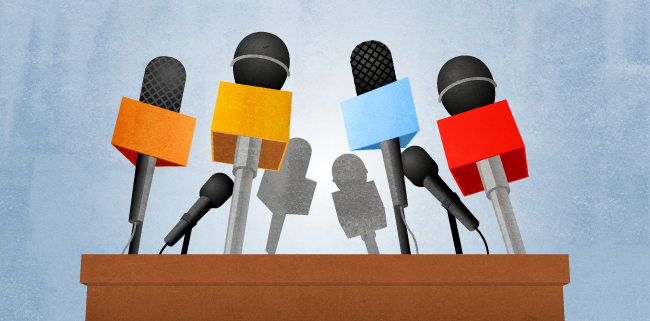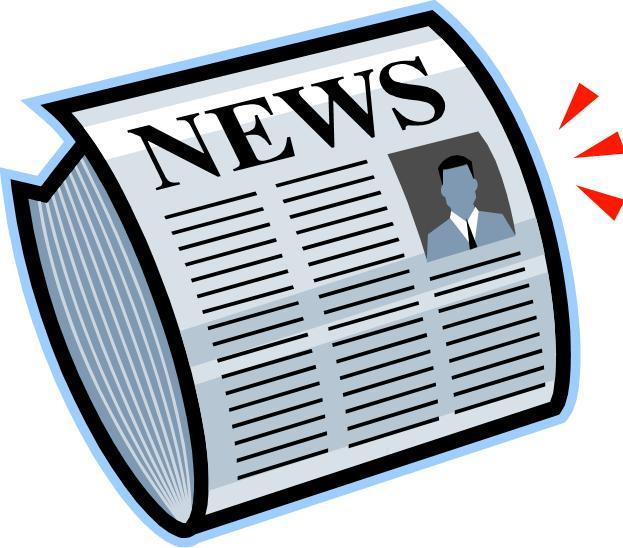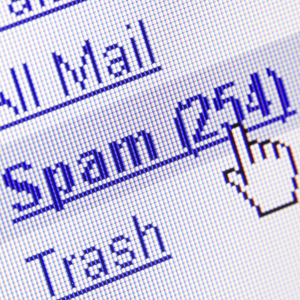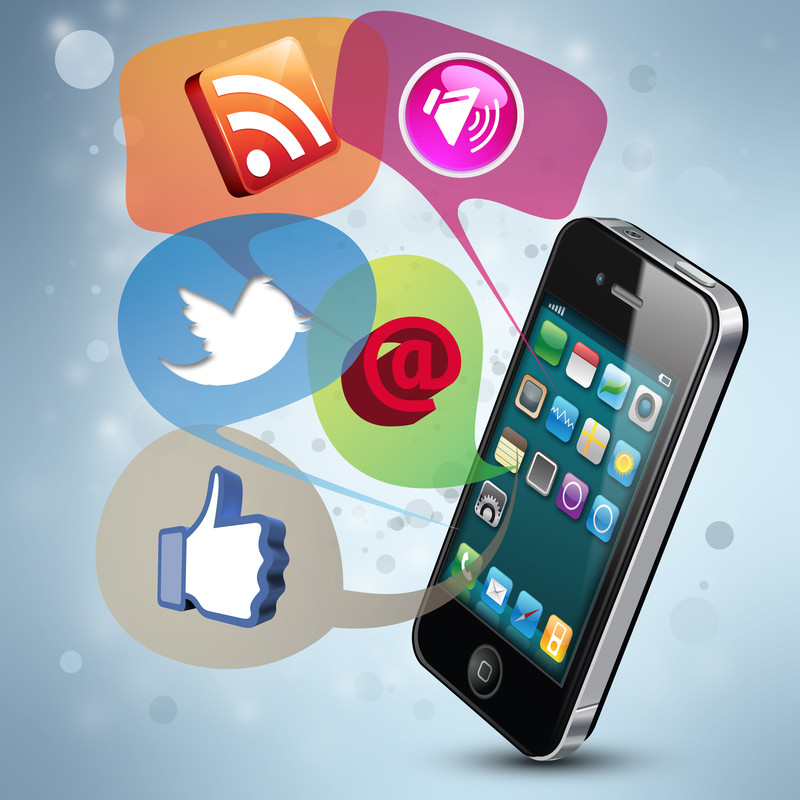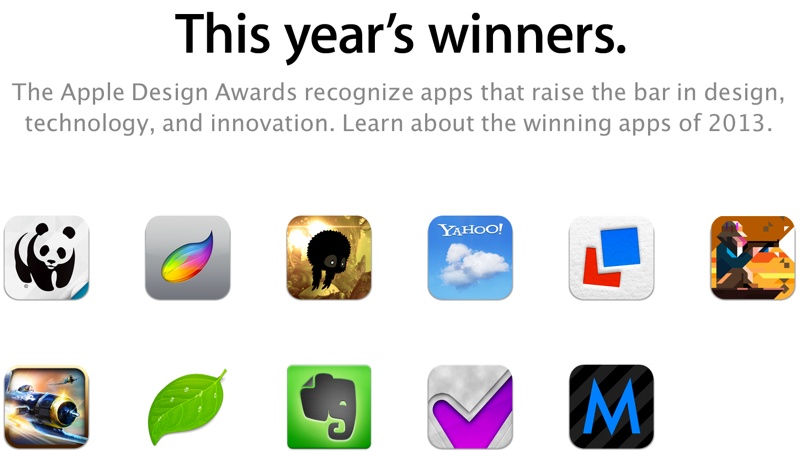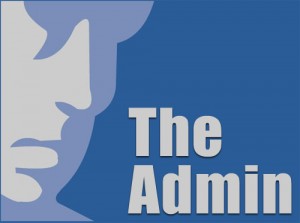How To Get Key Influencers To Rave About Your App
A key component of app marketing is raising awareness and advocacy among your target users.
Getting people to write about your app pre-launch and post-launch will have a massive effect your app’s acquisition metrics.
Foodswitch, an app Buzinga developed with Bupa and The George Institute, credits its number 1 position on the app store to its PR campaign.
“FoodSwitch hit number one in the App Store remarkably quickly thanks to a campaign executed purely via PR and social media activity” – Porter Novelli, managing director of Foodswitch’s media relations campaign
The benefits of app reviews:
- Gets you backlinks to your website/app store page, which boosts your search ranking in the app store
- Improves customer acquisition from people wanting to trial your app after a good review
- Encourages other people to give reviews through a snowball effect
- Has 3rd party credibility because it’s coming from an objective source
- Helps you reach targets you wouldn’t normally have access to
- Generates word of mouth and recognition
All of those sounding good?
Let’s dive into some best practices for approaching people to write about your app, review it and get publicity.
1. Write a cracking press release
Source: Webpiremarketing
Let’s start with the holy grail of publicity: The old fashioned press release.
Ever wonder how Candy Crush suddenly blew up over the internet? Press releases. Angry Birds? Press releases.
Press releases are like the fuel to your marketing machine. They generate publicity, encourage app reviews and get people talking.
Unfortunately, competition is huge.
Tech Crunch, Mashable and Forbes Tech receive hundreds of press releases a day.
Head over to How To Write A Press Release For An App to make yours stand out.
Here’s the break down:
- Don’t use words like ‘press release’ or ‘fantastic opportunity’ in the subject line. No one cares.
- Start with an attention grabbing statement or a question to the reader
- Follow up with your elevator pitch
- Bullet point features and benefits
- Detail exactly what makes it unique to your competitors or your field
- Include quotes from key company stakeholders (ie: you) that put context around your narrative. This quote should show how your news affects the given industry, customer base, and landscape.
Length is important. The optimal press release is 200-400 words, and the first 2 sentences need to immediately tell the reader why they should care.
Avoid inflatory language and overselling. Business Insider put together this fantastically meaningless sentence using most of the top 20 most over-used words in tech press releases:
“A unique enterprise global software platform, designed for real-time consumer social enhancement, will deliver innovative cloud-enabled hardware solutions for the next generation of local leadership.”
Huh? That literally could be anything.
If you’re a small startup you might not get a write up in one of the big publications yet, but after you get a bit of traction they might want a piece of the action!
The more buzz you can create around your app, the more likely it will be picked up by app review sites who can really get the ball rolling.
2. But first, the email…
Source: Dynamicbusiness
Sorry to create double the work for you, but when sending formal press releases you also need to include a personalised email.
Your email should serve as a short summary of why the reader should look at your press release.
Don’t include your press release as an attachment!
Mention in the email body that the press release is under your signature for them to refer to.
If you’re trying to get your app launch covered by a publication with its own writers, this email serves as a pitch for a story. You don’t need to include a press release in this case.
Your email should include the following:
- The name of your app exactly as it is spelled on the App Store
- Its unique selling proposition
- The price (if applicable)
- The link to your landing page/website
- The link to your iTunes app page and/or Google Play page (if post-launch)
- Any marketing collateral you have (One or two screenshots and/or a short video)
- A one-paragraph description of your app’s target user and its main benefits and features
- Your contact information – A professional email (ie @yourdomainname, not a personal email account) and mobile number
- Any other IDs (LinkedIn, Twitter, Skype)
This email should almost be able to stand alone, and tell the reader everything they’ll get out of the press release without actually having to read it.
Here’s the email Jason Baptiste sent Tech Crunch to get them to cover the launch of his startup Padpressed (click to enlarge).
3. Reach out to bloggers and reviewers that actually matter
Source: Appsguyer
The key to contacting bloggers is making sure they’re going to be interested in your app. Unlike your press release, you shouldn’t be too formal.
When you contact a blogger you want to send a ‘peer-to-peer’ email that’s personalised to them.
It’s all about THEM, not all about you.
What do you know about their passions, interests, and content? If you’ve been following them for months, tell them! If you love their content, tell them why. Make reference to one of their previous app reviews and tell them why you agreed, or something they wrote that really resonated with you.
Suck up, but don’t go overboard, and don’t spend too much time laying the ground work of the email.
After that, follow the same pitch writing guidelines as in your press release, including a link to your app’s website and your contact details.
Why will your app be of interest to their readers specifically?
If you’re lucky, you’ll be able to develop a relationship with the blogger that you can leverage for future publicity. Just make sure you’re sending them news worthy updates! This includes your app launch, new partnerships, new software integration, or a major update.
They aren’t going to care that you’ve just released version 2, whose main selling feature is fewer bugs.
4. Think small
Source: Metalpotato
Yes, you did read that right.
You’ll have a better chance of being written up in niche publications than you will being written up in major tech blogs, and you’ll also target a more valuable readership.
Follow Lachi Agnew’s technique for getting publicity on his app – He contacted his local newspaper first, which was enough to get the ball rolling. Within a week he was noticed by a national news network and Startup Smart, a publication for startups with 70 000 unique monthly readers.
This is low hanging fruit!
You can also target those blogs with readerships in different countries to your own (obviously your app must be functional in these countries however!).
Depending on your app’s market, certain countries will be better to target than others.
Some insights from the App Annie Index: 2014 Retrospective report:
- Brazil and India are two of the most rapidly growing app markets (India particularly for Android adoption)
- Japan, South Korea and the US are the three app stores that generated the largest revenue in app downloads.
Do some online research to find niche blogs that are highly targeted.
For example, if your app is in the travel industry, contacting travel publications will be more relevant than contacting a blog that reviews apps from all industries.
Another benefit of being featured in lots of smaller blogs rather than 1 big one is that you’ll get more backlinks to your app page, which will help you rank higher on the app store.
5. Enter awards
Source: Macrumours
Awards give you credibility you can use as social proof that your app is hot stuff, as well as raising awareness in your industry.
Being listed as a finalist (or a winner!) of a competition is valuable social proof you should lead with in your outreach to influencers.
It basically creates a shortcut for their brain, taking off some of the pressure to analyse whether your app is actually good or not. In other words, someone else has already done the hard work!
Even if you don’t place, it’s still a valuable way to gain exposure to a voting audience and get valuable user feedback.
Here are some of the best awards to promote your app:
- Australian Mobile and App Design Awards
- OzAPP Awards
- Best App Ever Awards by 148Apps
- AppCircus competition
- Appsters Awards
6. Contact the admins of Facebook groups and social pages
Source: Socially Stacked
If your niche is on social media, a share from an influencer’s Facebook page will create a wave.
Look for pages with more than 5000 likes and a fan base that you think would contain a large portion of your target users.
Then contact the admin of the page directly and give them a convincing reason to mention your app, with a link to download it on the app store.
Going a step further. you can also pay some social media stars to mention your app in their posts and videos – on Instagram or YouTube, for example.
These online celebrities often have massive followings and a huge amount of influence.
A recent survey found that YouTube stars are more popular among teenagers than mainstream celebrities, and they are much more likely to make purchases based on what YouTube stars say.
So depending on your target user and your marketing strategy, it can be a viable strategy for acquiring new users.
7. Leverage your contacts
Source: Sitepronews
Most tech startups are regularly attending conferences, events and launches.
Bloggers and journalists often attend these events too.
Try and develop a personal connection with them at these events, so when you do pitch them over email you’ll have something to draw on.
Don’t pitch your press release directly to them at the event – just focus on building a familiar relationship.
Add them on Linked In and comment on their articles when they come out. You’ll slowly build up a level of name recognition that will be less likely to be deleted when they see your name in their inbox.
Another tactic is to take advantage of anyone you can name drop, or someone who can name drop you.
Don’t be embarrassed to ask someone you know to introduce you to a connection they have at a press outlet/blog. An endorsement goes a long way!
Also, if you’re being backed by a big developer, investor or client, name-dropping them in your email can be useful too – Include it in the subject heading to improve the open rate.
Getting your app press is still the fastest way to generate word of mouth and get your app discovered.
Follow these best practices to ensure you’re approaching influencers the right way!
Latest posts by Leah Godden (see all)
- 5 Concrete Ways To Slash Your Mobile App Marketing Costs by 100% - March 24, 2016
- Content Marketing Strategy For Apps: A Quick And Dirty Guide - December 17, 2015
- 6 Proven Ways To Make Your Push Notifications Irresistible To Open - September 10, 2015

